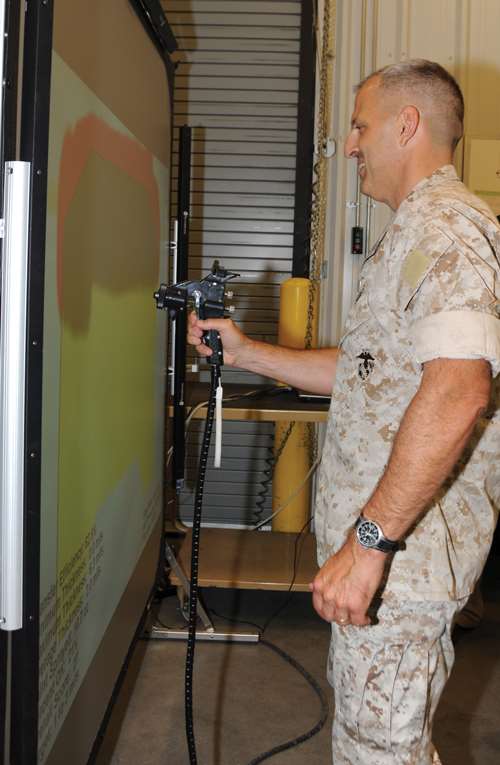Military “STARs” Are Born With Paint Facilities
The Yermo Annex Marine Corps. Logistics Base in California and the Corpus Christi Army Depot Aviation Center in Texas have acquired new systems to help train and enhance employees’ painting abilities.
#military #marine #pollutioncontrol
RELATED CONTENT
-
Finishing High Reliability, Function Critical Parts
From safety critical automotive and aerospace components to lifesaving medical micro-components and implantable devices, Indiana-based Electro-Spec finishes applications that require zero failure rates.
-
Valence Surface Technologies Discusses Defense, Space Approvals
During the downturn of the commercial aerospace sector due to the COVID-19 pandemic, Valence has used the time to seek new approvals and put some additional focus on the defense and space markets.
-
Electrodeposition of Nanocrystalline Cobalt-Phosphorus Coatings as a Hard Chromium Alternative for Use in DoD Acquisition Programs
Electrolytic hard chromium plating (EHC) is a critical surface finishing technology that is used for applying functional coatings for corrosion and wear resistance to aircraft components in manufacturing operations and for re-build of worn or corroded components. However, EHC plating baths contain hexavalent chromium, which is a known carcinogen and environmental hazard. Therefore, the replacement of EHC in aircraft manufacturing activities and maintenance depots is a high priority for the U.S. Department of Defense (DoD).

















